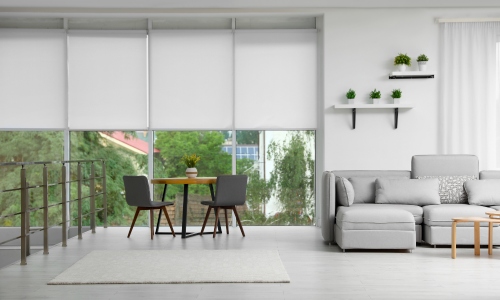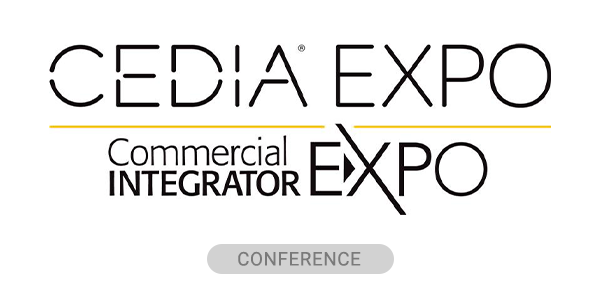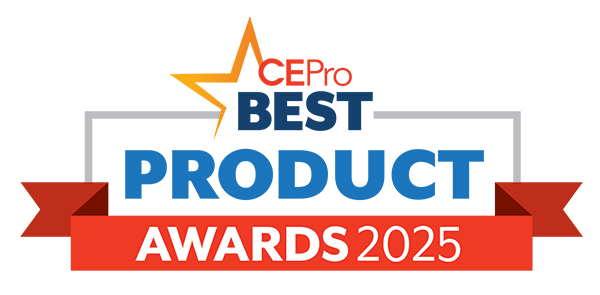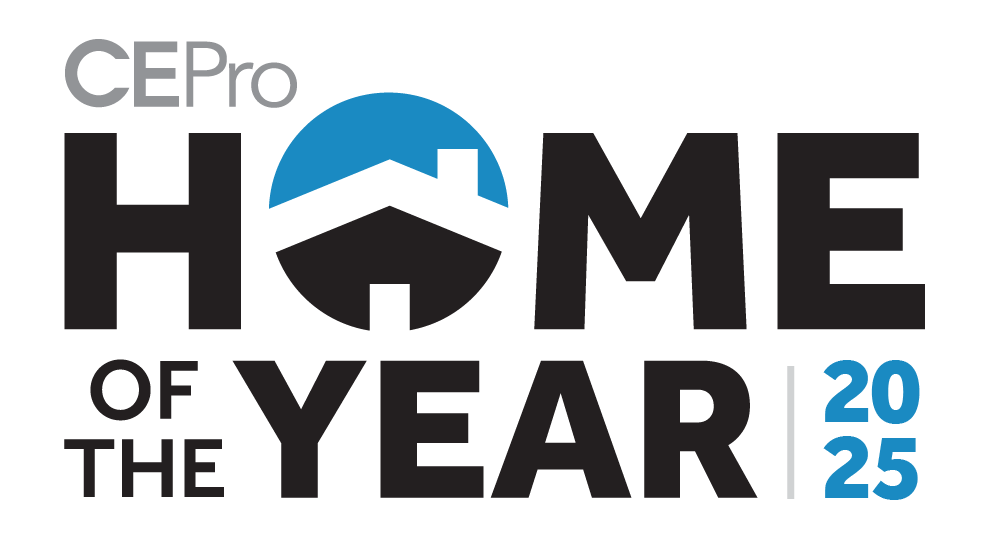Did you know the Environmental Protection Agency says that indoor air can be up to five times more polluted than outside air? And that much of this indoor air pollution comes from building materials and furnishings in the form of what we call VOCs?
What Are VOCs?
Every day, household furnishings, paints, carpet, adhesives, and other products are releasing Volatile Organic Compounds (VOCs) into the air. This process is called off-gassing. Breathing in these VOCs can be linked to issues such as allergies, asthma, and even more serious health issues.
You can bet that today’s smart consumer is aware of this issue and will shop accordingly. Integrators are already serving this market by offering products such as air purifiers and integrated fans. Another way to gain a competitive advantage is by offering products that release low or no levels of harmful VOCs into the air.
How to Avoid Introducing VOCs into a Home
One way to ensure products you install are not releasing high levels of VOCs into your customers’ homes is to use GREENGUARD UL certified solutions. These products have been subjected to rigorous scientific testing for low chemical emissions. This testing focuses not on what is inside the material, but what is released into the air.
The movement toward requiring — or at least desiring — low off-gassing materials started with commercial architects who were concerned with healthy buildings and sustainability.
Nearly 20 years ago, Draper, for example, started to meet this demand by offering shade fabrics, projection viewing surfaces, and other materials that have been tested and certified. Now it’s catching on in the residential market as well, and we expect to see more and more people asking about VOCs.
How Does a Product Become GREENGUARD UL Certified?
The process of attaining GREENGUARD UL certification is fairly straightforward.
A manufacturer simply submits product samples. UL places them in special temperature- and humidity-controlled chambers and measures the types and amounts of VOCs that are released into the air. At the end of the testing process, there are three possible outcomes: fail, GREENGUARD UL certification, or GREENGUARD Gold certification.
The standards for GREENGUARD Gold certification are among the most rigorous in the world. It was originally designed for products used in schools, healthcare facilities and other spaces where populations of more vulnerable people can be found.
Integrators should also encourage the use of products meeting this higher standard in homes, not only because of who might live in those spaces but also because of the amount of time people spend there.
One might think this is much ado about very little. But in addition to answering customer concerns about the health and wellness of their space, there are two other excellent reasons for having GREENGUARD certified products in your line: competitive advantage and another possible value-added premium in your offering.
So how do you know if a product meets GREENGUARD UL OR GREENGUARD Gold standards? Draper At Home notes certified products with the GREENGUARD UL and/or GREENGUARD Gold label. You can also search for products at spot.ul.com.
Clint Childress is a LEED-AP and Director of Residential Markets, Draper At Home.







